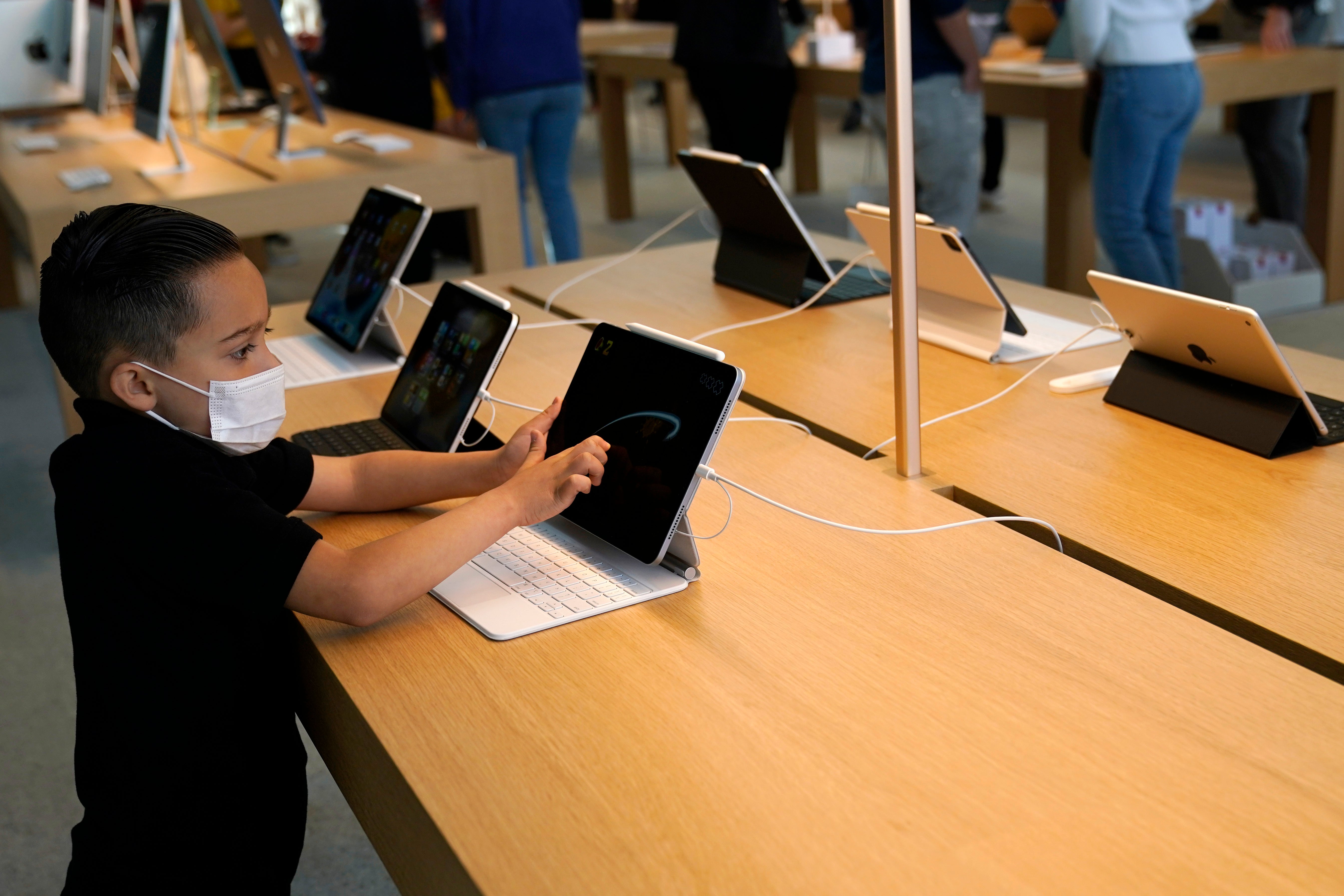Apple finally adds ‘Universal Control’ feature to Mac and iPad software, months after it was announced

Apple has finally rolled out “Universal Control”, a feature first unveiled in the summer.
The tool allows Macs and iPads to communicate with each other so they can all be controlled by the same mice and keyboards. A Mac’s mouse can be used to scroll on a nearby iPad, for instance, or an iPad plugged into a keyboard can be used to type on a MacBook that it is close to.
The feature is notable in part because it has taken so long to arrive. It was first announced at Apple’s Worldwide Developer Conference in June, when Apple said it would arrive in Autumn, but then it did not turn up.
It was one of a range of features that were delayed from the initial release of Apple’s new software, which also included its SharePlay tool to allow people to watch content at the same time. That finally arrived in an update in October.
And now Universal Control has done the same, arriving in the latest beta software for the Mac and iPad. It is likely to come to the public software soon.
When it does, it can be switched on from the display settings on the Mac or the “AirPlay & Handoff” settings on the iPad. Users can choose exactly how it works: individuallyselecting whether the cursor and keyboard can move between devices, whether it can do so by “pushing through” the edge of the screen, and whether those devices should automatically connect after the first time.
All of the devices must be close to each other and signed into the same iCloud account to work. It is also specifically listed as being a “beta” feature, which could mean that it does not work reliably all of the time.
The new iOS beta, numbered 15.4, was also released at the same time. That brings a new option to use Face ID with a mask on – though Apple notes that accuracy will be diminished, it means that iPhones can recognise their owners just from their eyes, and without them having to remove a mask.
Subscribe to Independent Premium to bookmark this article
Want to bookmark your favourite articles and stories to read or reference later? Start your Independent Premium subscription today.

Join our commenting forum
Join thought-provoking conversations, follow other Independent readers and see their replies